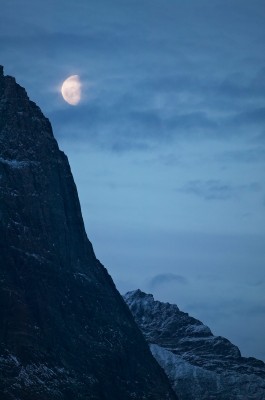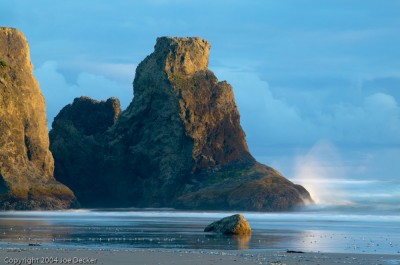The Tuesday Composition: Edges
Much like our eyes are attracted to highlights in an image, our eyes and brains are not only attracted to edges in an image but they also help us in seeing them, allowing us to perceive those edges even when they’re weak or incomplete. This makes edges (lines, contours) an important element of composition.
(That we respond to edges, even minimal ones, is not simply a cultural artifact: The detection and exaggeration of edges in scenes is a function of the brain, in particular, it is one of many functions of the primary visual cortex. This part of the brain operates much in the same way that software sharpening does, if you look near a defined edge between a light and dark area in an image, the lighter area appears even lighter right next to the boundary, the dark edge appears even darker on the other side of the boundary.)
“Snowy Pinnacles” provides a simple example of these principles. As we discussed last week, many viewers of this image will first have their attention drawn to the moon because of our “attraction to highlights”, but from there, it’s likely that many viewers will then begin to look down and to the right, along the edge of the taller pinnacle until they reach the lower pinnacle at the lower right. (more…)

